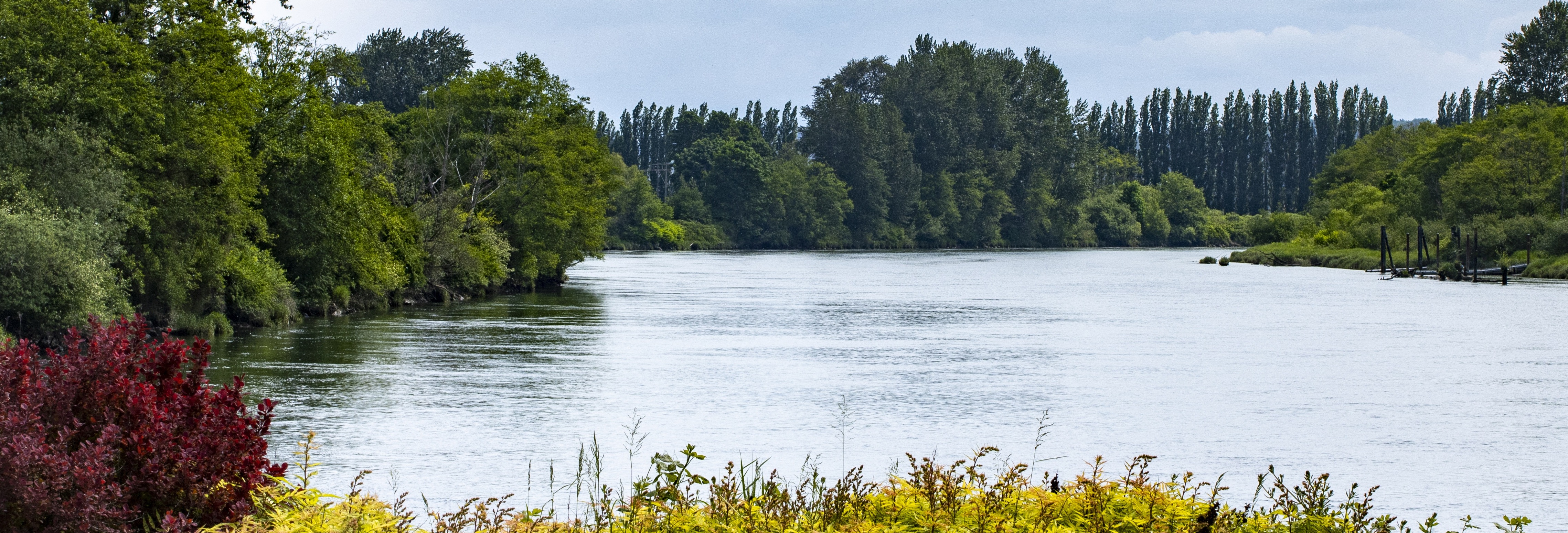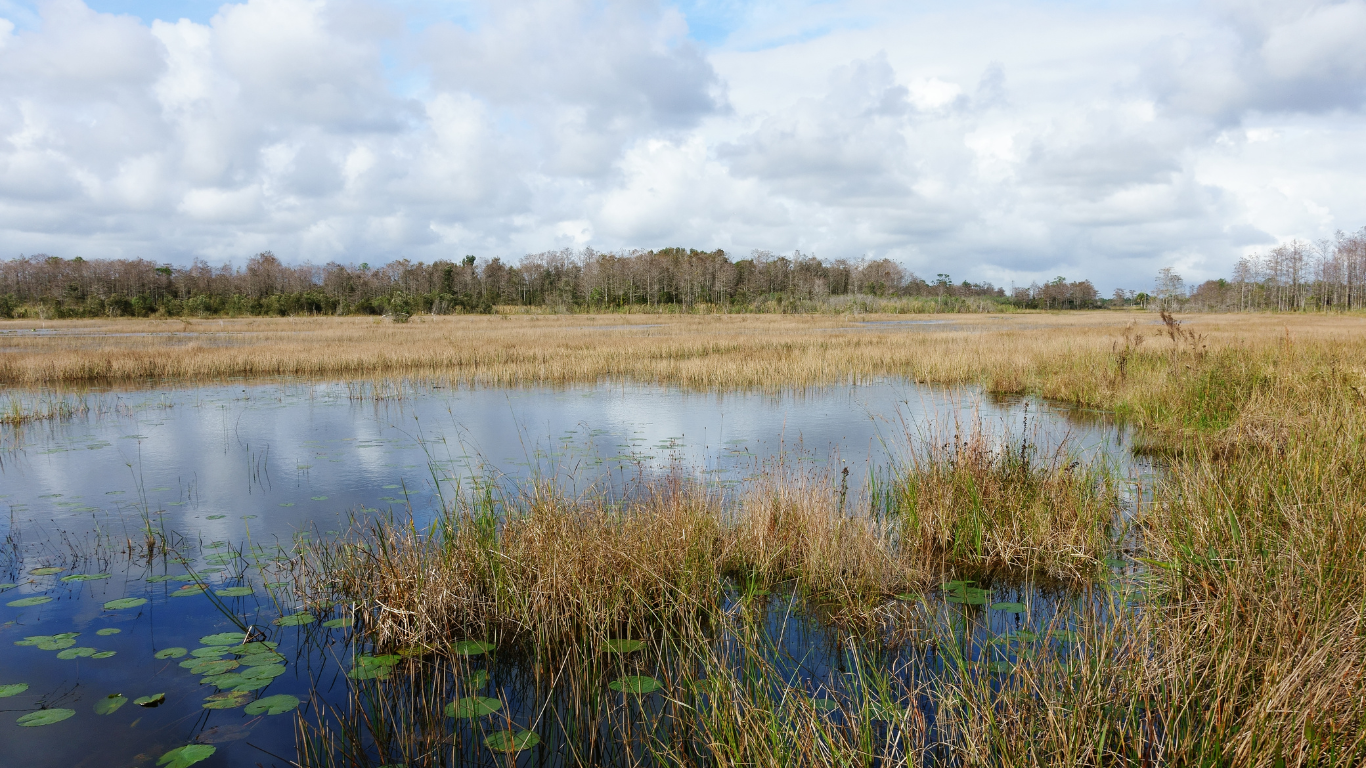
Stormwater Retrofit Surveys, Design, and Implementation
Stormwater retrofitting refers to the installation of a stormwater management practice on already developed sites to improve water quality, protect downstream channels, and/or reduce flooding. Retrofits can include the modification of existing stormwater practices that do not provide adequate treatment or the addition of a new practice where none previously existed. CWP has expertise in all aspects of stormwater retrofits, from conceptual planning and design to implementation.
CWP conducted its first retrofit inventory in 1994 in Westminster, Maryland, which resulted in the construction of innovative wetland retrofits and stream restoration projects to enhance the quality of a degraded urban stream. In 2007, CWP published its Urban Stormwater Retrofit Practices manual, a first-of-its-kind national manual that provides guidance on assessing retrofit potential at the subwatershed level and offers tips on retrofit design, permitting, construction, and maintenance. Over the years, CWP has used its Retrofit Reconnaissance Inventory protocol introduced in the manual to evaluate the feasibility of installing stormwater retrofit projects in numerous urban watersheds across the country.
CWP has also worked with communities to design and build stormwater retrofits such as bioretention, swales, step pool storm conveyance systems, wetlands, and pond retrofits. Our role has included development of conceptual designs, coordination of topographic surveys and geotechnical investigations, development of final construction plans, permitting, bid/procurement document preparation, and construction oversight, with our engineering staff contributing to 129 green infrastructure projects. These projects are primarily located in the Mid-Atlantic, with a handful in South Carolina and the Pacific Islands, and therefore cover a variety of landscape settings and conditions. Some of the retrofits were simple demonstration projects on public land implemented with volunteers while others were highly engineered and done in partnership with local governments and experienced contractors.
